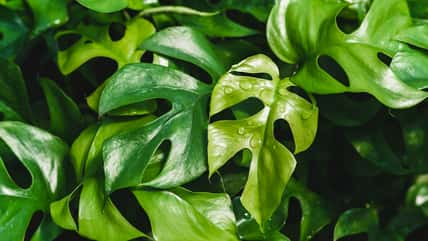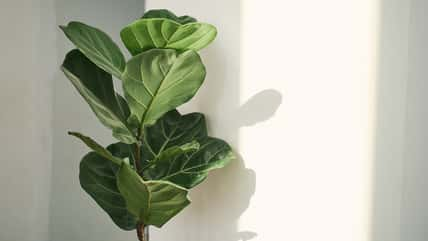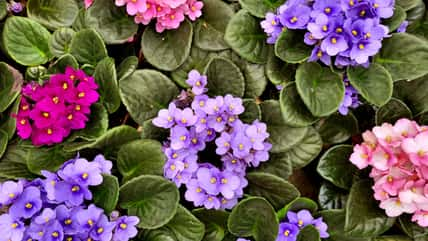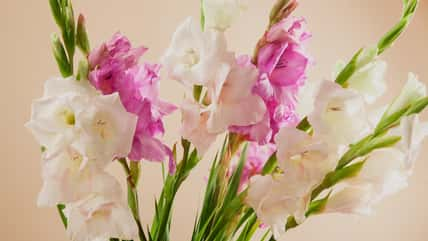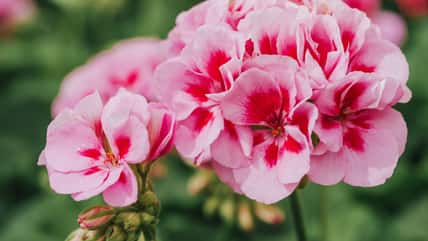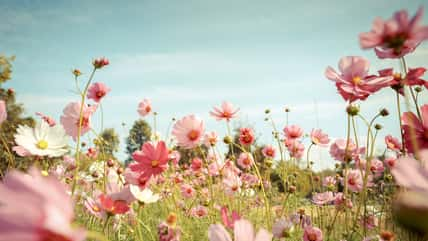As Bee Populations Shrink, You Might Need To Give Your Squash Plants A Helping Hand With Pollination

If you’re a home vegetable gardener, you might have tried growing squash once or twice. But when you tried growing them, did you end up with flourishing leafy squash plants and no squash in sight?
That just means the birds and the bees haven’t been paying their visits. We rely on bees and other pollinators to accomplish pollination, which is needed for plants to reproduce.
However, the bee population has been shrinking in recent years, so in order to grow your squash successfully, you might have to give the plants a helping hand yourself. Here’s how to do it.
First, you must learn how to spot the differences between male and female squash flowers. Male flowers have straight bare stems, while female flowers’ stems have a bulbous growth that resembles a tiny baby squash.
The bulb will eventually turn into a fruit after it is pollinated. If the flower is not pollinated, the bulb will fall off, and no fruit will develop.
Male flowers usually appear in the garden first, so wait a couple of weeks for the females to pop up before you begin pollinating.
Pollination works by transferring pollen from the male flowers to the female ones. But if the bees aren’t around to do the job, you can make it happen on your own!
Locate the male flower’s stamen and the female’s stigma. Both can be found in the center of each blossom. The stamen is a small, fuzzy protrusion coated in pollen.
The stigma looks like a miniature version of the flower, and it is what receives the pollen.
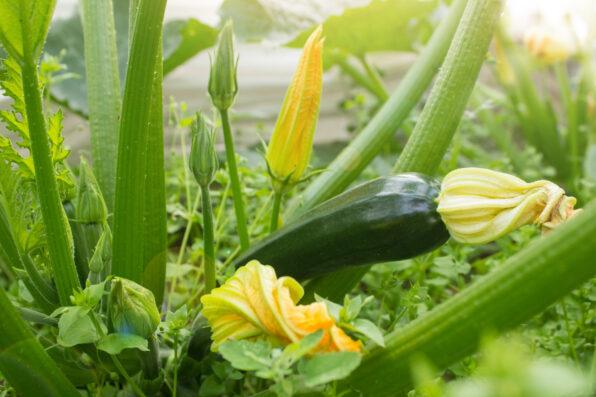
AVAKAphoto – stock.adobe.com – illustrative purposes only
The best time of day to pollinate your squash is mid-morning because the blossoms will have just opened up. Pick a male flower and remove its petals to expose the stamen fully.
To apply the pollen to the female’s stigma, gently brush the stamen against the stigma, leaving a bit of pollen inside it.
One male flower can pollinate about five female blossoms.
As you can see, self-pollinating is really quite simple.
Now, your garden will be teeming with squash!
If true crime defines your free time, this is for you: join Chip Chick’s True Crime Tribe
In January, This 29-Year-Old Man Mysteriously Vanished Right In The Middle Of New York City
Sign up for Chip Chick’s newsletter and get stories like this delivered to your inbox.
More About:Gardening
